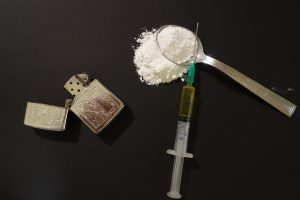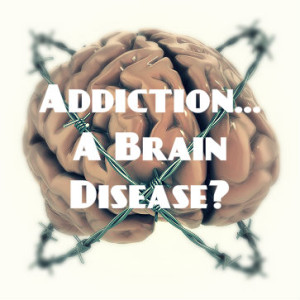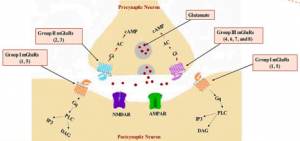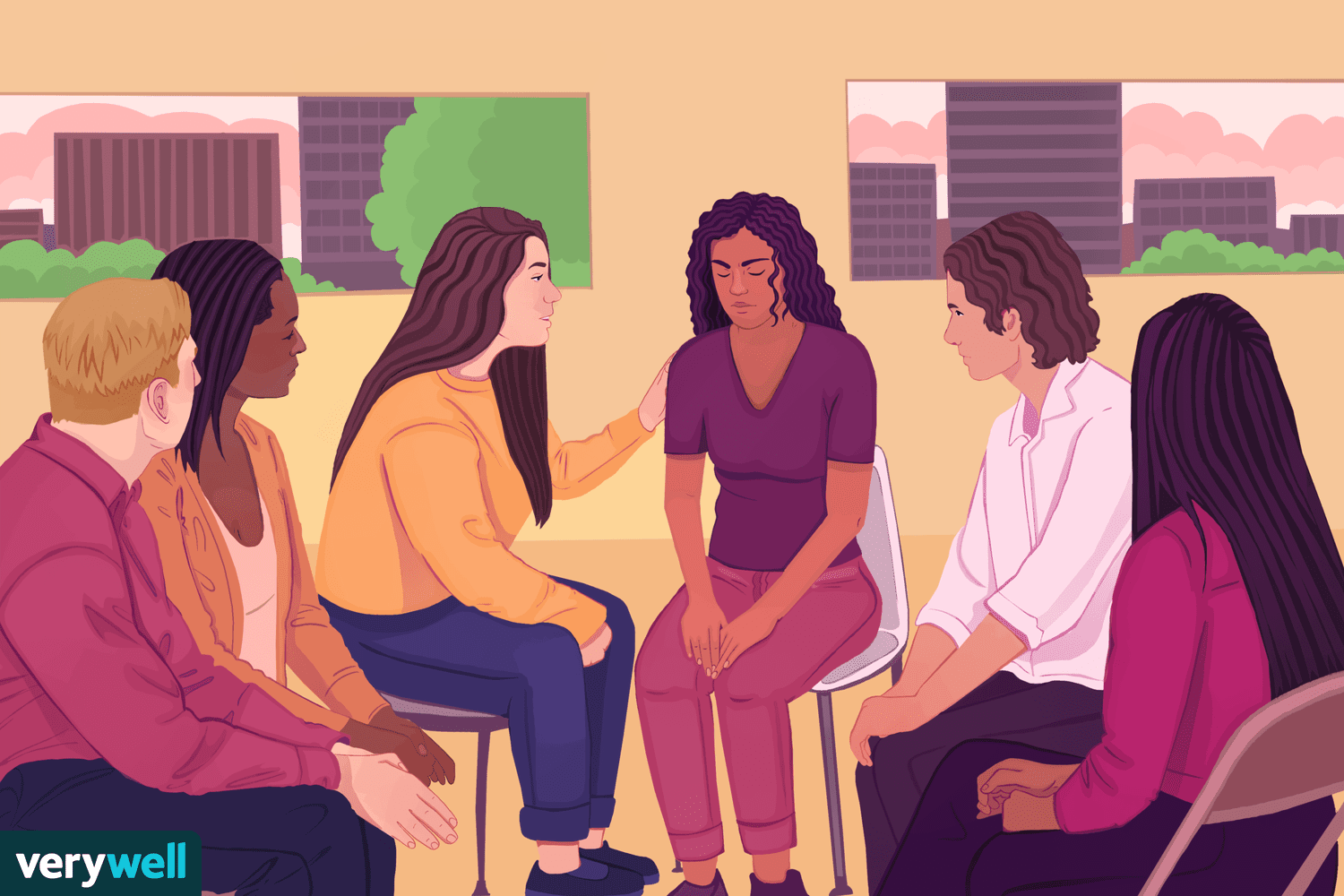Picture this: you’re at a party, feeling great, laughing with friends. Someone hands you a drink—or something stronger—and says, “Just try it. You’ll feel amazing.” You do. And in that moment, your brain lights up like a Christmas tree. You don’t realize it, but your brain is quietly rewiring itself. Not for pleasure—though that’s how it starts—but for need. For survival. That’s how addiction begins.

This week in Cobbers on the Brain, we explore the compelling science behind this transformation in our brains, through Nora Volkow’s groundbreaking review on the neuroscience of drug reward and addiction. Addiction isn’t simply about poor decisions or “bad habits.” It’s about a fundamental hijacking of our brain’s reward system. And once that system is altered, the line between want and need blurs into something far more dangerous.
Let’s start with the basics. Our brains are built to seek out things that ensure our survival—food, water, connection. These activities trigger the release of dopamine, a feel-good neurotransmitter that acts like a chemical “thumbs up,” reinforcing behavior so we repeat it. This loop is vital: dopamine helps us learn what’s worth doing again.
But drugs like cocaine, opioids, nicotine, and alcohol flood the brain with dopamine in ways that natural rewards simply can’t match. The ventral tegmental area (VTA) and nucleus accumbens (NAc)—two key regions of the brain’s mesolimbic reward pathway—light up like fireworks when drugs are introduced. Over time, this hyperstimulation starts to reshape the brain’s wiring, creating strong associations between the drug, the environment, and the experience of reward.


Here’s the paradox: the more someone uses a drug, the less pleasure they feel from it. Over time, dopamine levels don’t rise as dramatically with drug use—but the cues that remind someone of the drug (a lighter, a party, a memory) still do. These cues trigger craving, not satisfaction. And that craving becomes unbearable. It’s not about getting high anymore—it’s about not feeling miserable.
Addiction shifts from pleasure-seeking to survival-seeking, not because people are weak, but because their brains are operating on a new set of rules. The prefrontal cortex, the area responsible for judgment, impulse control, and decision-making, loses its regulatory grip. And so, even when someone desperately wants to quit, their brain is shouting louder: “You need this. Now.”
This explains why addiction is a chronic relapsing disease—not a moral failing. It’s a neurobiological condition that demands compassion, science-based treatment, and long-term care strategies.
This brings us to the second article, a fascinating review on metabotropic glutamate receptors (mGluRs)and their role in neuroplasticity following psychostimulant use disorder (PUD). These receptors help modulate glutamate, the brain’s main excitatory neurotransmitter, and play a crucial role in learning, memory, and motivation.
While dopamine gets most of the attention, glutamate is the hidden architect of addiction—laying down the long-term wiring changes that make addiction so persistent. mGluRs act like dimmer switches for glutamate transmission and are found throughout the brain’s reward system, including the prefrontal cortex, amygdala, and hippocampus.
Research shows that activating or inhibiting specific mGluRs can reduce drug-seeking behavior, block relapse triggers, and even enhance the brain’s ability to unlearn the powerful conditioning that ties drugs to environmental cues. Drugs that modulate these receptors—called positive allosteric modulators (PAMs) and negative allosteric modulators (NAMs)—are being explored as promising treatment options for cocaine, methamphetamine, and nicotine addictions.

Addiction isn’t something that happens to “other people.” It’s affecting our neighbors, our classmates, our families. The opioid epidemic alone has claimed hundreds of thousands of lives in the U.S. alone. And yet, shame and stigma often silence those struggling, even as their brains scream for help.
Understanding the neuroscience of addiction humanizes the condition. It tells us that this isn’t about “just saying no.” It’s about unlocking the mechanisms of craving, relapse, and recovery—and using that knowledge to create treatments that actually work.
So what should you take away from all this?
Addiction is preventable. It’s treatable. And it’s not about being strong or weak—it’s about the brain’s incredible, but vulnerable, capacity to adapt. With continued research into dopamine, glutamate, and beyond, we can shift the narrative—from blame to biology, from punishment to progress.And maybe, just maybe, we can build a world where people have a better chance of getting their lives back.
